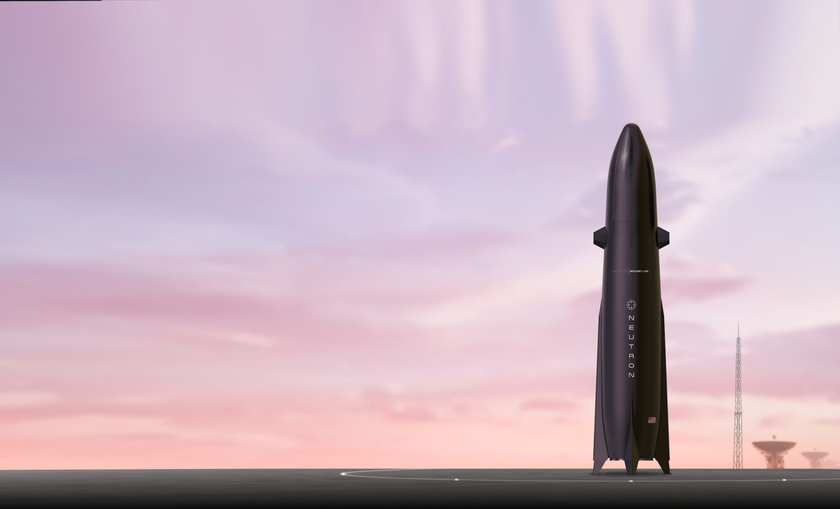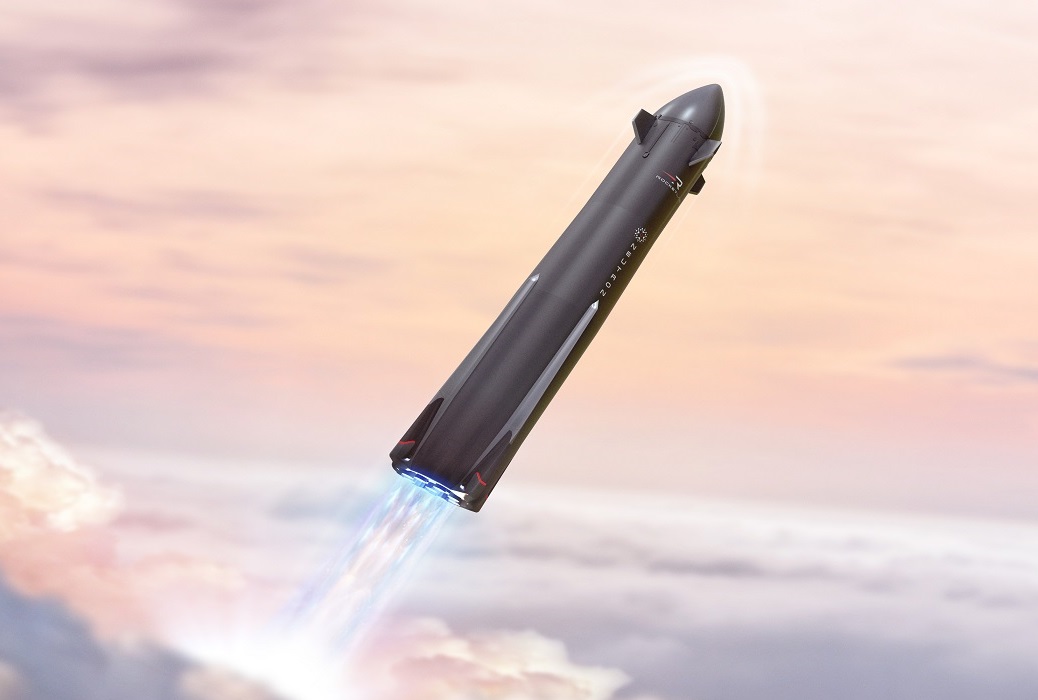
There is a new good reason to write about Neutron, Rocket Lab’s upcoming reusable medium-class rocket. Recently, engineers from SpaceX’s competitor have successfully tested the second stage fuel tank for strength, or rather the ability to withstand the design pressure. The culmination of these tests was the expected and spectacular rupture of the tank, after which the entire structure flew several tens of meters away, and the oxidizer (liquid nitrogen) filled the launch pad.
Before creating a full-fledged rocket, the company starts small by testing various components and operating modes on simplified prototypes. An integral part of rocketry development is cryogenic pressure testing (pressurization, overpressure testing). In this way, gas or hydraulic systems and tanks are tested for leaks and the ability to hold the design pressure. During the test, the system under test is subjected to a pressure that is usually much higher than the operating pressure. This allows you to detect various leaks, assess the strength of the entire structure, and check its ability to withstand the required pressure. At one time, such tests were conducted by SpaceX, among others, at earlier stages of Starship development.
For safety reasons, Rocket Lab pumped the tank with nitrogen instead of methane – the purpose of the test was to check the fuel system at maximum pressure (Maximum Expected Operating Pressure, MEOP), so the result of the test was not a surprise – the tank eventually burst, and very effectively, with debris and oxidizer spraying all over the launch pad. Rocket Lab announced on its official X/Twitter page that the tests were successful. She also published a video of these tests with the moment of the fuel tank rupture. Engineers have collected the necessary data and are already working on a new fuel tank.
Filling the tank
Pressure build-up and moment when the tank bursts
Rocket Lab Neutron

Neutron was first announced in 2021, and since then, development has been progressing quite rapidly. This reusable launch vehicle is positioned as a direct competitor to the SpaceX Falcon 9, which currently holds the status of the absolute leader – the most modern, reliable and most used rocket. Moreover, it is the only reusable one (the Falcon family rockets reuse the first stage and main fairing). It has been repeatedly reported that SpaceX can be considered a monopolist in this market segment (the European Ariane 5 has already flown off, and Ariane 6 is still not ready, and ULA is not doing well with Vulcan), which is not good.
Key features of Rocket Lab Neutron
- Rocket dimensions: length – 42.8 m, diameter – 7 m, inner diameter of the fairing – 5 m.
- The launch weight of the rocket is 480 tons
- The payload is 8 tons of payload on the LEO with the first stage return or 15 tons in a single-use configuration without the booster return.
The key features of the Neutron are the Hungry Hippo main fairing as part of the first stage, Archimedes closed-cycle oxygen-methane engines with full gasification, and a carbon fiber body (instead of the aluminum and stainless steel widely used in rocketry today).
Neutron’s first launch is still scheduled for 2024 – the booster will be serviced by the Mid-Atlantic Regional Spaceport (MARS) at NASA’s Wallops Flight Facility. Rocket Lab is also building a production and operations facility near the Wallops air base in April 2022, on a plot of 23.2 thousand square meters. м2.
Recently, Neutron has undergone significant design changes, which we described in detail in a separate text.

